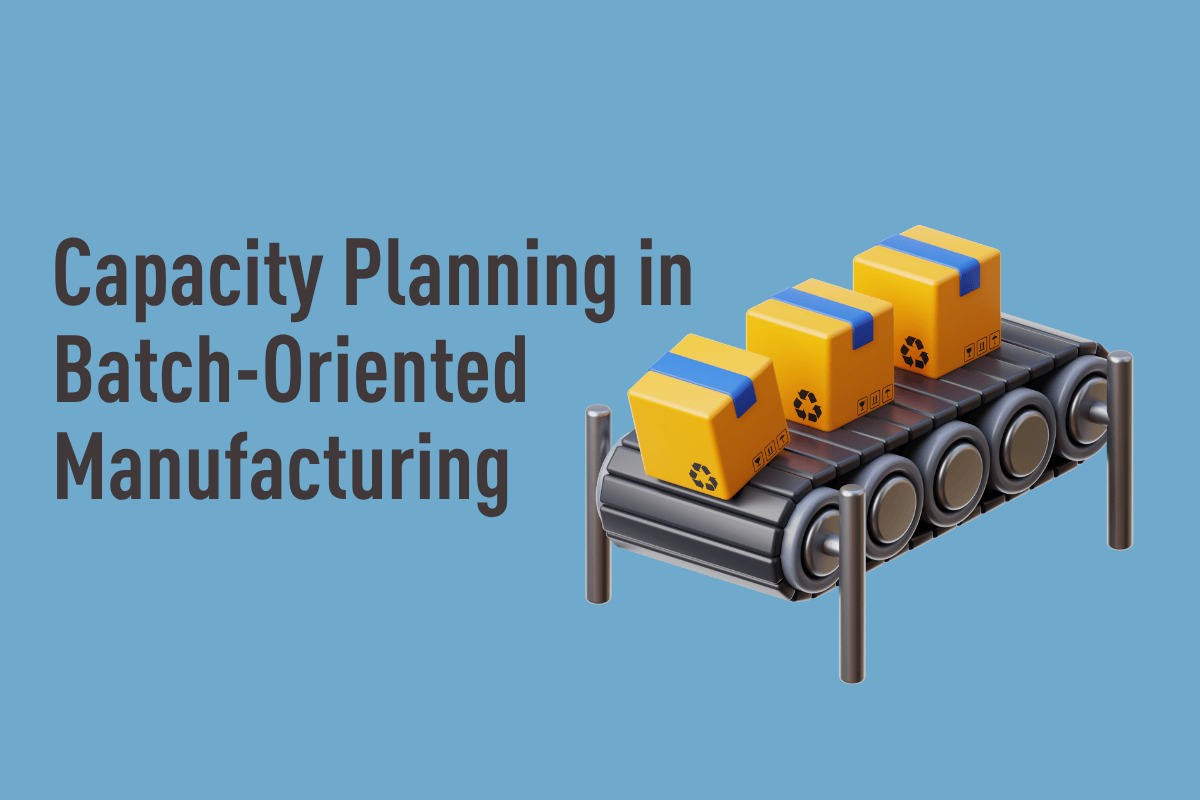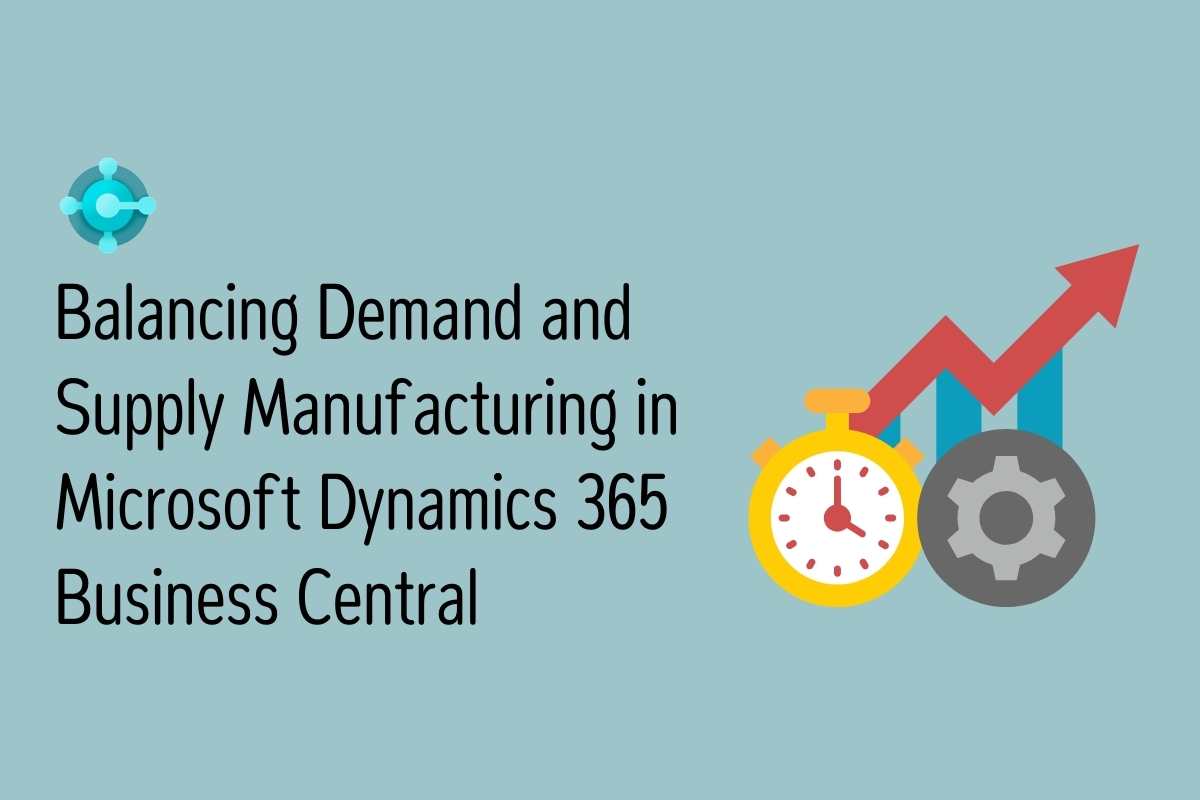In batch manufacturing, capacity planning is a crucial process that goes a long way in keeping the production process running smoothly and efficiently.
Thus, several often competing aspects come together in the planning, such as the desire to produce in a cost-minimal way as well as in a resource-saving, sustainable and, above all, needs-based manner.
It is therefore not only about the utilisation of the production plant, but also about the availability of raw materials, human and other operational resources and to coordinate this with demand or customer requirements.
Capacity planning is above all the result of collaboration between sales, production and the supply chain, where all stakeholders have the necessary information and work towards common goals.
Why Capacity Planning in Batch Production?
Batch production is characterised by production in small batch sizes and a high variety of products. Unlike mass production, which produces large quantities of a product, batch production allows for the flexible production of different products in smaller quantities.
This flexibility allows quick adaptations to customer requirements and market changes.
This flexibility comes at a price. In order to be able to react as flexibly as possible to changes, it is necessary to maintain reserves.
These reserves are reflected in various areas, such as inventory management or idle times. In the short and medium term, however, it is up to capacity planning to react to changes and rebalance the challenges.
The planning problem
Meeting due dates, processing times of operations and considering priorities is fundamental to capacity planning. The result of the planning process is the schedule generated by the planning process, i.e. the start and end time for each operation on each plant.
In other words, a sequence or sequencing of the orders is formed, the procedure is subsequently called sequence planning. First, the order of the orders is determined in relation to a system and then further requirements are gradually added.
For example, batch production is often multi-stage, so that starting from primary production, further processes with intermediate storage are required. It should also be taken into account that several products are manufactured in campaigns in order to reduce the effort required for set-up or cleaning.
Downtimes and maintenance orders have a time-delayed effect on the schedule. All overriding decisions, such as early or ad-hoc orders, affect the order.
For example, there are a large number of requirements with their own dynamics, which lead to the sequence having to be recalculated and appointments having to be recalculated.
Labour as a limited resource
In addition to machines, other resources, such as workers with suitable qualifications, are only available to a limited extent. Whether their use is efficient depends on whether the workers required to provide services are available in the right numbers, with the right qualifications, at the right time and in the right place.
Workers in production are more complex to plan because the requirements for their qualification vary depending on the order, the individual can process several orders at the same time depending on the task at hand, and his availability changes dynamically, e.g. due to working time models or absences.
Further restrictions result primarily from individual employment contracts, an applicable collective agreement, statutory protective provisions, existing works agreements and co-determination rights.
The order of the pending orders has an effect on personnel scheduling, but conversely, the limited availability of workers affects the feasibility of the planned order.
This situational and demand-oriented planning requires a large amount of information from different systems or is ideally integrated into materials management or the ERP system.
Taking into account rules and restrictions, integrated workforce planning creates the best possible proposal, uncovers conflicts such as bottlenecks and visualises coverage.
More planning accuracy through forecasting
One challenge in capacity planning is to determine a reliable statement about the expected demand. Without a clear idea of what customers will need in the future, it is almost impossible to plan production efficiently.
Traditional approaches, such as subjective sales estimates by sales, qualitative assessments by management, and simple statistical methods such as moving averages, seasonal averages, and exponential smoothing methods, have their limitations.
These methods often provide only answers of moderate quality and are so complex to create that at best a quarterly update takes place. Models based on artificial intelligence (AI), on the other hand, are able to recognise complex patterns better and faster.
However, the more individual products are produced for customers, the less history is available and other sources are needed.
In this way, further information from the market or from the customer can improve accuracy. AI-based models also enable key performance indicators (KPIs) to be monitored in real time, so that changes can be reacted to in a timely manner in capacity planning.
However, insiders and engineers alike should evaluate the planning proposals generated by the AI from time to time and contribute their own judgments and experiences to adjust the models.
Despite all the optimism with which most projects for the introduction of AI tools are started, it should be mentioned at this point that the quality of these optimisations depends on the quality of the data provided and the amount of structured data.
A comprehensively used ERP system with high data quality is therefore a prerequisite for AI-based optimisations in capacity planning
Result
Capacity planning is only as good as the quality of the data used. Errors in the data or incorrect classification of the data lead to errors in capacity planning.
Although advancing digitisation provides more data and options for action for planning, it also places higher demands on their organisation and qualification.
It is helpful to agree on standards and responsibilities at an early stage. for example, when it comes to providing or processing valuable data.
For example, it is advisable to continuously monitor data quality and define indicators, such as shorter throughput times, fewer duplicates and fewer defective batches. In order to meet the challenges, scalable and growing systems are required.







